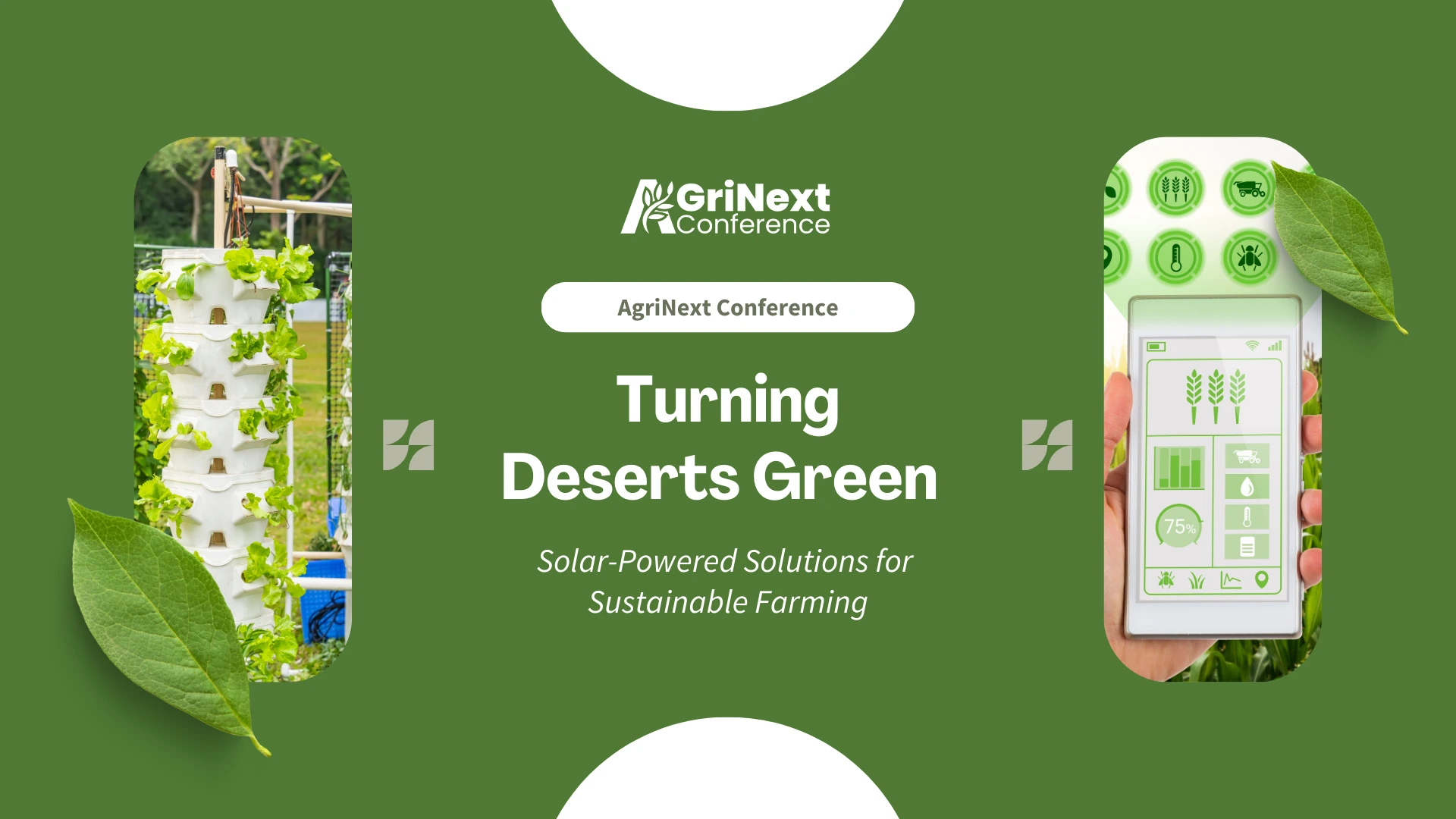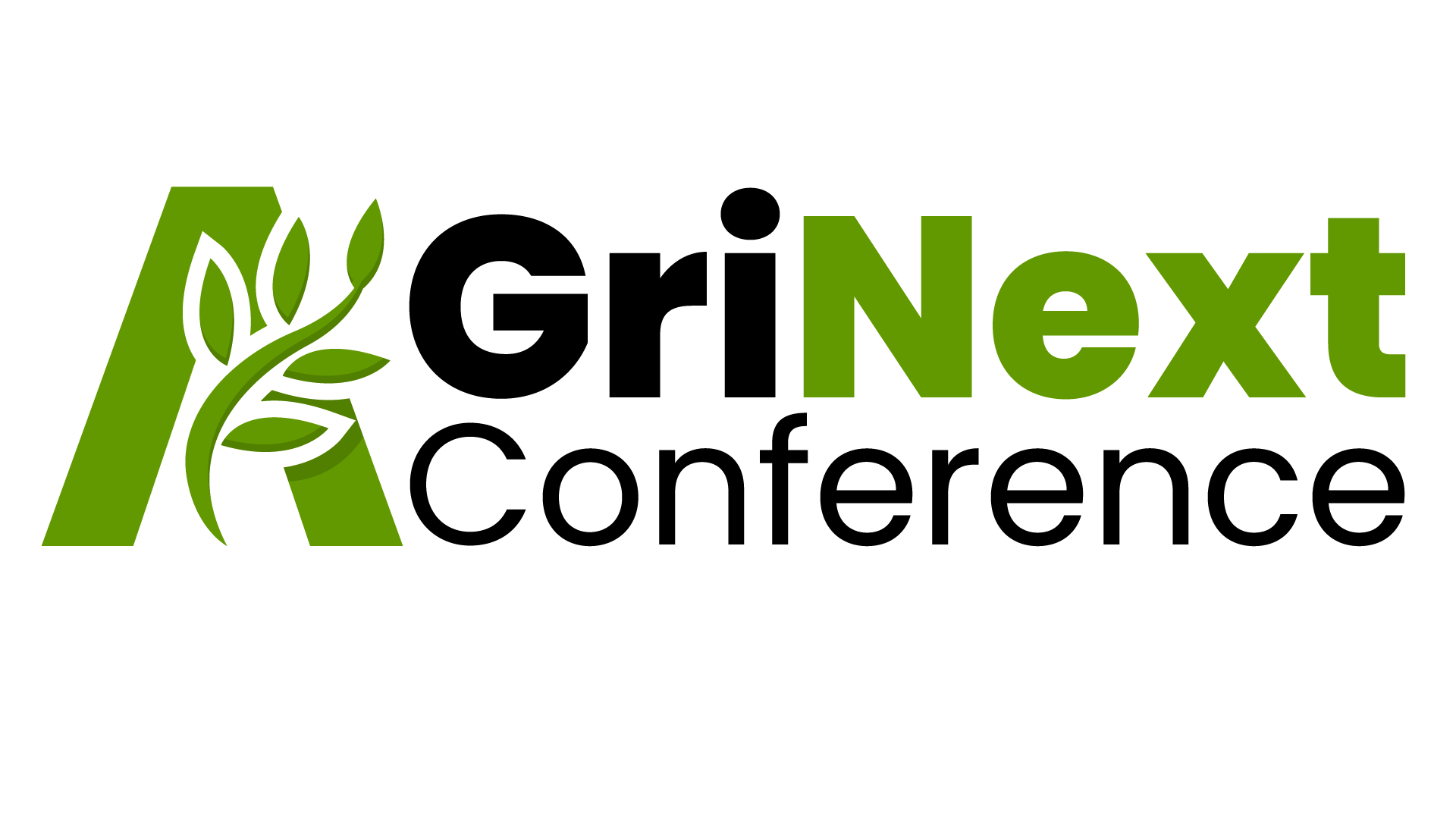
Introduction
Imagine a future where endless stretches of desert are transformed into thriving green farms, producing fresh vegetables year-round—without a single drop of rain. This isn’t science fiction; it’s happening today, thanks to innovative agricultural technologies.
With climate change intensifying desertification and water scarcity, agriculture faces an urgent challenge: how to grow food in arid regions sustainably. The answer lies in an innovative fusion of renewable energy, precision irrigation, and soil-less farming—a method already revolutionizing food production in the Middle East, Africa, and Australia.
In this blog, we’ll dive into how solar-powered hydroponics works, explore real-world success stories, and uncover the future trends driving the next agricultural revolution in deserts.
What is Solar-Powered Hydroponics?
Hydroponics is a farming technique where plants grow without soil, using nutrient-rich water. This method significantly reduces water consumption—up to 90% less than traditional farming—making it ideal for deserts.
When combined with solar power, hydroponics becomes even more sustainable. Solar energy drives the entire process, from desalinating seawater to powering climate-controlled greenhouses. This approach enables continuous food production in extreme environments.
Key Components:
1. Solar Desalination – Seawater or brackish water is purified using solar energy.
2. Hydroponic Systems – Plants grow in water-based nutrient solutions, maximizing efficiency.
3. Climate-Controlled Greenhouses – Solar-powered cooling systems regulate temperature and humidity.
4. AI & IoT Sensors – Smart technology optimizes water and nutrient use, reducing waste.
Case Studies: Solar-Powered Agriculture in Arid Regions
1. Bustanica – The World’s Largest Vertical Farm (Dubai, UAE)
Bustanica – Emirates Crop One is a 30,000 sqm solar-powered hydroponic farm, producing 1M+ kg of leafy greens annually. Operated by Emirates Crop One, it is a key part of Dubai’s food security strategy.
Key Features:
Hydroponics: Grows crops without soil, using 95% less water.
Solar Energy Integration: Uses solar-powered technology to meet energy needs.
Sustainability: Supports UAE’s shift toward local food production, reducing reliance on imports.
Impact:
1M+ kg of fresh greens grown annually.
95% less water consumption compared to traditional farming.
Strengthens UAE’s food security by reducing dependence on imported produce.
2. Sundrop Farms (Port Augusta, Australia): A Model for Solar-Powered Hydroponics
Sundrop Farms operates in Port Augusta, South Australia, using solar power, hydroponics, and desalination to grow crops in arid conditions.
Key Features:
Solar-Thermal Desalination: Converts seawater into fresh water.
Hydroponic Greenhouses: Grow crops without soil in extreme climates.
Energy Self-Sufficiency: Entirely powered by renewable energy.
Impact:
Supplies fresh produce with minimal water use.
Scalable model for desert agriculture worldwide.
Inspired similar projects in the UAE.
3.The Sahara Forest Project (Jordan & Tunisia)
Sahara Forest Project integrates solar-powered desalination, saltwater-cooled greenhouses, and soil-based farming to cultivate crops in desert environments.
How It Works:
Solar Desalination: Provides fresh water for irrigation using renewable energy.
Saltwater-Cooled Greenhouses: Mimic coastal climates, reducing heat stress on crops and minimizing water loss.
Sustainable Soil-Based Agriculture: Crops like tomatoes and cucumbers are grown using nutrient-efficient irrigation.
Desert Reforestation: Plants trees and vegetation around the site to combat desertification.
Impact:
Uses 90% less water than traditional farming.
Increases food production in arid regions.
Supports desert greening and carbon sequestration.
Expanded to Tunisia & Saudi Arabia to scale up sustainable agriculture.
Future Trends in Solar-Powered Desert Greening
1. AI & IoT for Smart Farming
AI-driven hydroponics is already reducing water waste by up to 40% in the UAE. The next evolution? Fully autonomous, solar-powered farms with AI-controlled irrigation, nutrient distribution, and climate regulation—maximizing yields with minimal human intervention.
2. Vertical Hydroponics in Deserts
With limited land in desert regions, the future of hydroponics lies in vertical farming—stacked growing systems powered by solar energy. This innovation will increase food production per square meter, making desert farming more scalable and efficient.
3. Large-Scale Solar Farms for Agriculture
Countries like the UAE and Egypt are investing in massive solar farms dedicated to agriculture, ensuring year-round food production without relying on fossil fuels. These projects are setting a precedent for sustainable, off-grid farming worldwide.
4. Green Hydrogen & Farming Synergy
Solar-powered farms are now being integrated with green hydrogen production, where excess solar energy generates hydrogen fuel. This approach creates self-sustaining farming ecosystems, reducing carbon footprints while ensuring reliable energy and water supply.
Conclusion
Solar-powered hydroponics is proving that deserts can be transformed into thriving food hubs. By harnessing renewable energy, water-efficient technology, and AI-driven systems, this method is redefining agriculture in arid regions.
With the right investment and innovation, deserts could become the farmlands of the future. Want to witness these breakthroughs firsthand? Join AgriNext 2025, where global experts will showcase game-changing solutions shaping sustainable agriculture.
AgriNext Awards,Conference & Expo 2025: Showcasing Innovations in Sustainable Farming
AgriNext 2025 is the premier global event bringing together industry leaders, innovators, and policymakers to explore the future of agriculture. From solar-powered farming and vertical hydroponics to AI-driven agriculture and climate-smart solutions, the event will spotlight cutting-edge technologies revolutionizing food production.
Deserts once symbolized scarcity, but with solar-powered hydroponics, they are becoming icons of abundance and resilience.
Signup For AgriNext Conference Newsletter

